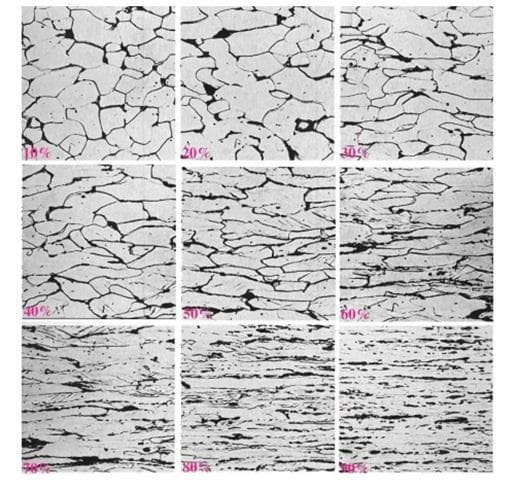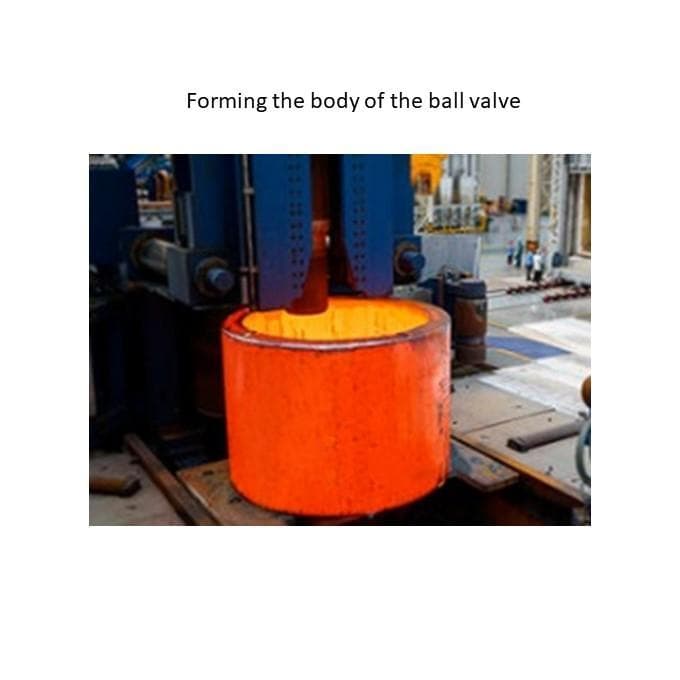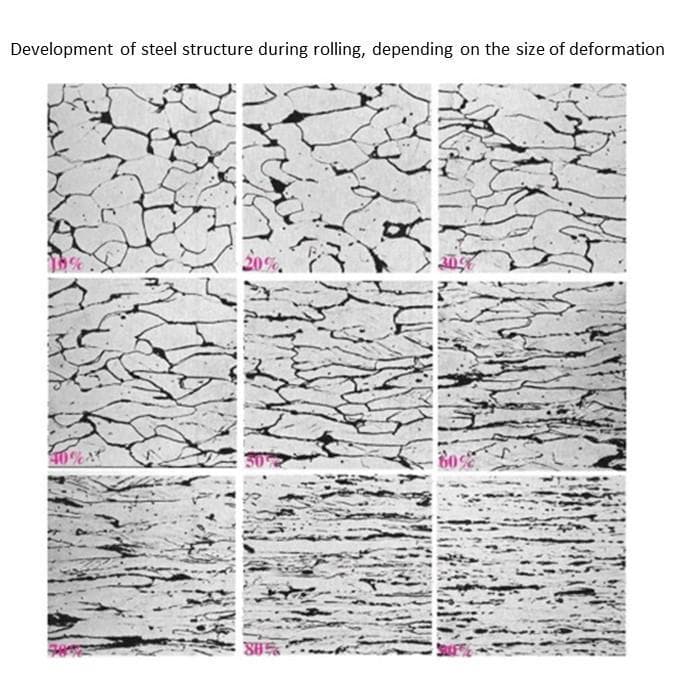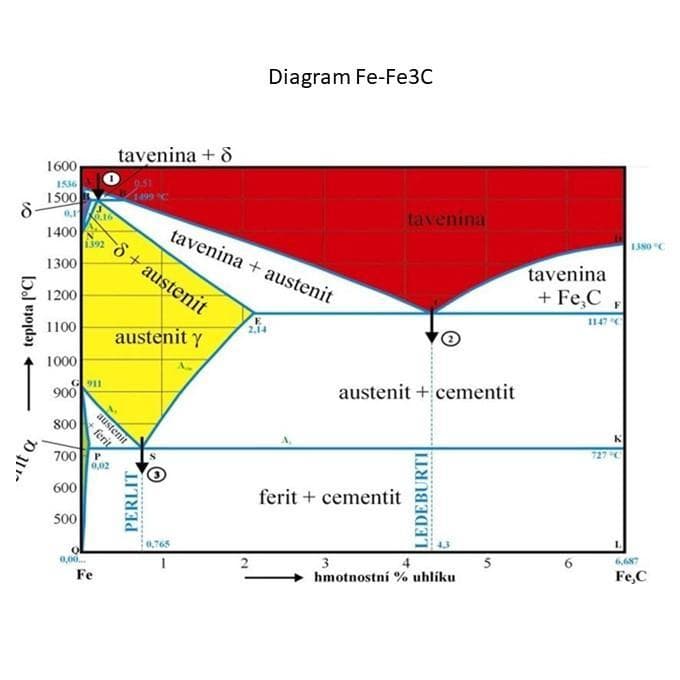Differences between valves made from cast and forged materials
Every proper valve expert knows that valves are made from cast and forged materials.

Since company ARMATURY Group is a producer of valves made from steel, we will talk in this article about steel materials. These are suitable for a wide range of temperatures and pressures, but every time it depends on the specific brand of used material. Steel can be produced by two types of processes – casting and forging.
Casting
Casting is a method of producing various object by pouring liquid (molted) metal (steel), or another liquid or suspension capable of solidifying, into the mold of the required shape. The casting method is chosen primarily for products of complicated shapes, which cannot be produced by a different method or are made in complicated or expensive way (e.g., by machining or welding). After pouring the steel into the mold, the liquid steel is in immediate contact with a cold wall, which cause decreasing the temperature of the steel and its crystallization. The casting temperature, for example of carbon steel, is around 1 450 °C.
Properties of casting steel
Cast steels have a chemical composition like forge steels but compared to forge steels they have worse mechanical properties which can be improved by their heat treatment. For cast steels the beneficial effect of forging (compaction of the material) is not possible. The advantage is the possibility of casting complicated shapes, which cannot be produced by forging and the material savings due to this.



Forging
Forging is a nondestructive technological process of material processing, in which the shape and mechanical properties of this material change. While forging metals, it is necessary to exceed the elasticity limit but not to exceed the strength limit. Therefore, ductile materials are suitable for forging, i.e., materials that have those two limits sufficiently far apart. Forging methods includes rolling (sheet metal), forging, drawing, extrusion.
During the forging, the grains are stretched and subsequently softened, giving the steel a homogeneous structure and better mechanical properties. From the above mentioned is clear that the forge materials have better mechanical properties and inner structure than cast materials. Forging is divided into cold and hot forging, which is carried out at temperature up to 1 200 °C.
What is our choice?
Due to this company ARMATURY Group mainly deals with the production of steel industrial valves made from forge material. These materials ensure long term impermeability of valves for gases and are even suitable for oxygen and hydrogen. Valves from cast materials are produced and supplied with internal quality of the 4th group according to ASTM E446. Such valves are cheaper comparing to valves from forge material, but due to permitter inner defects they can be dangerous when long term used for gases are completely unsuitable for hydrogen.
At ARMATURY Group we mainly focus on quality and long service life of produced valves and therefore we recommend valves made from forge materials.
For more information: Heider Petr, Plaček Jan